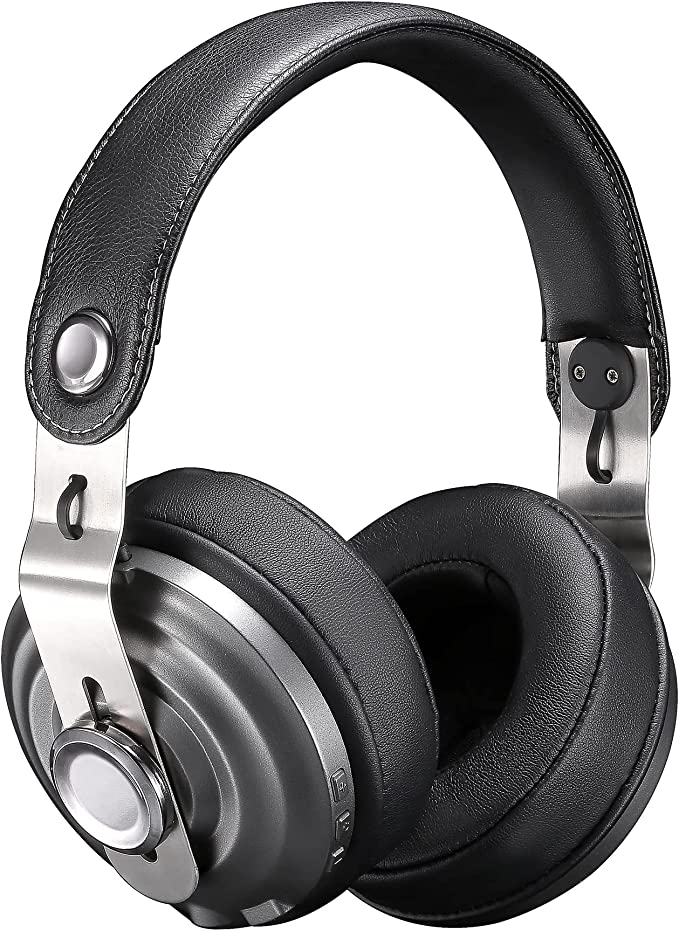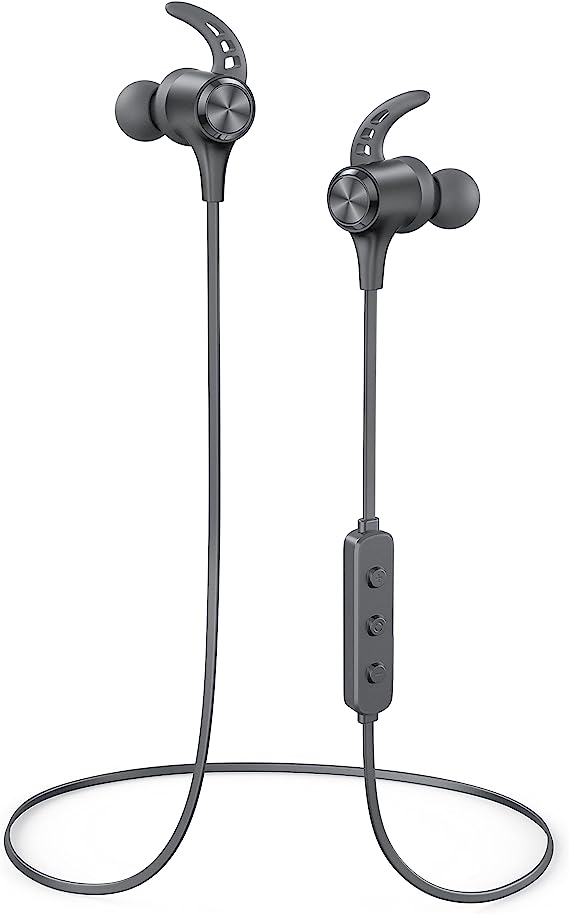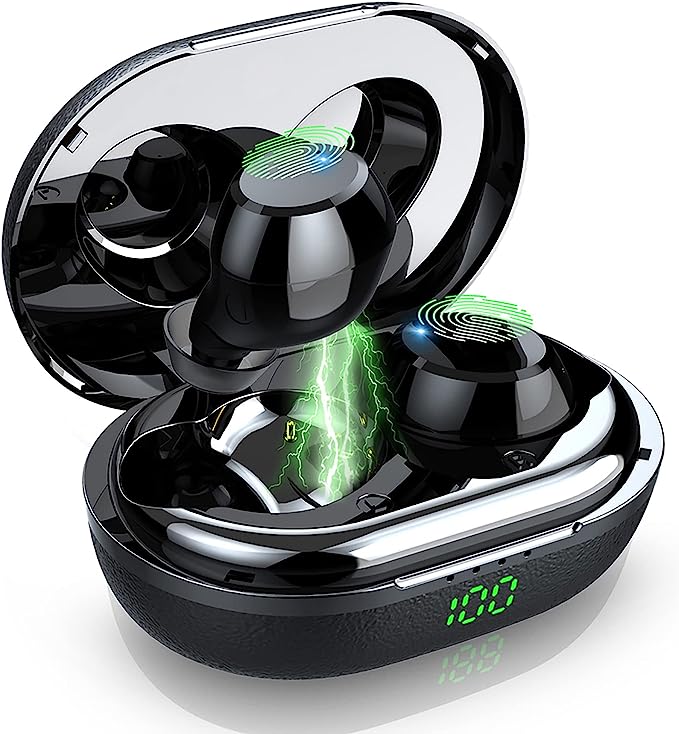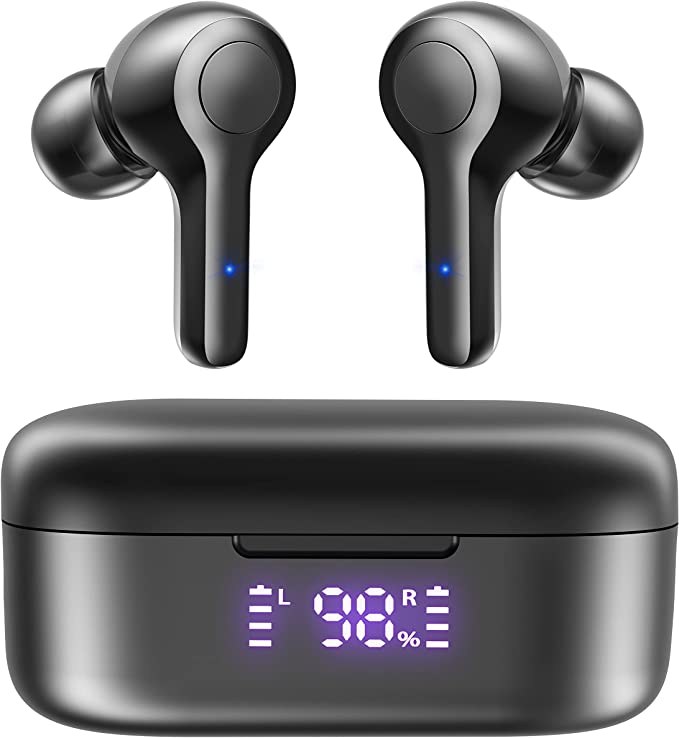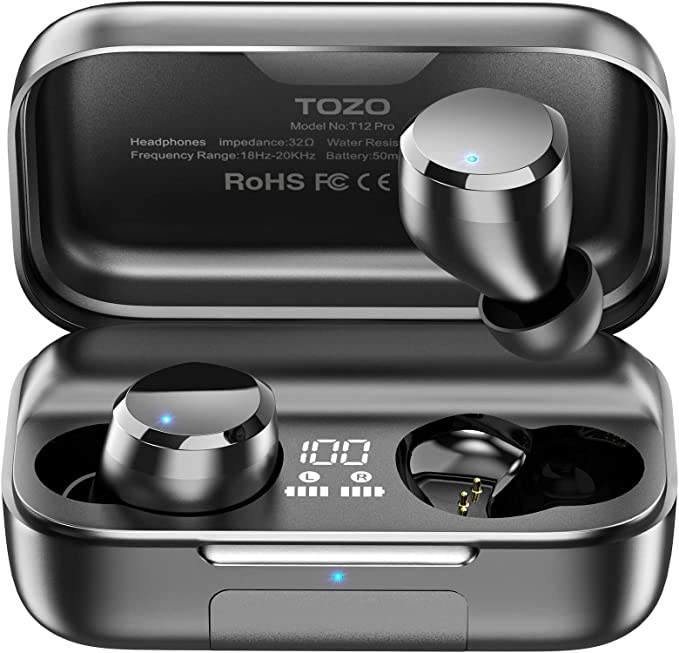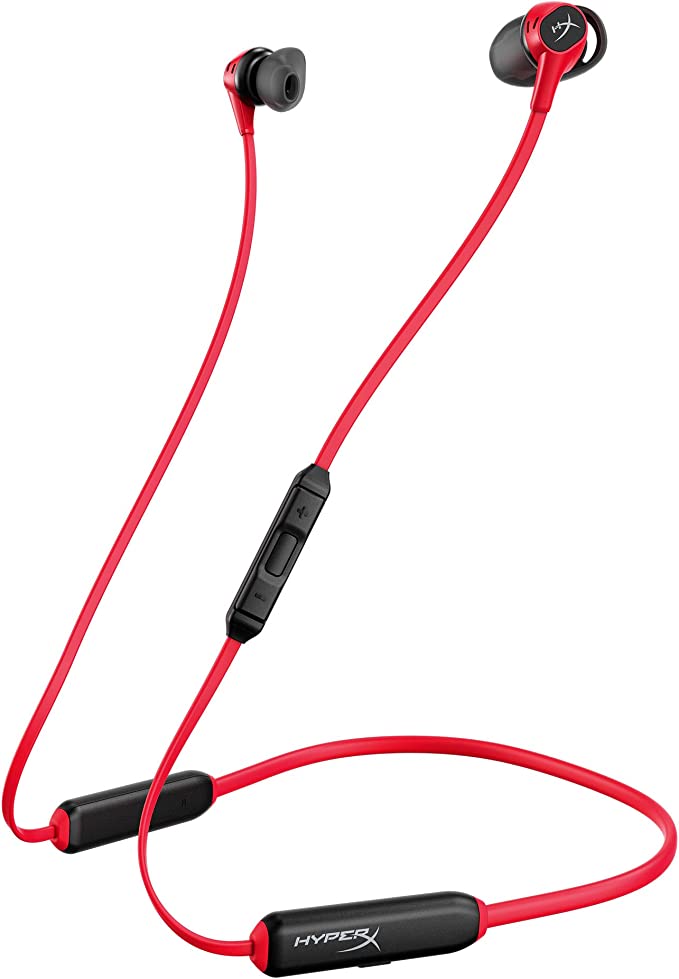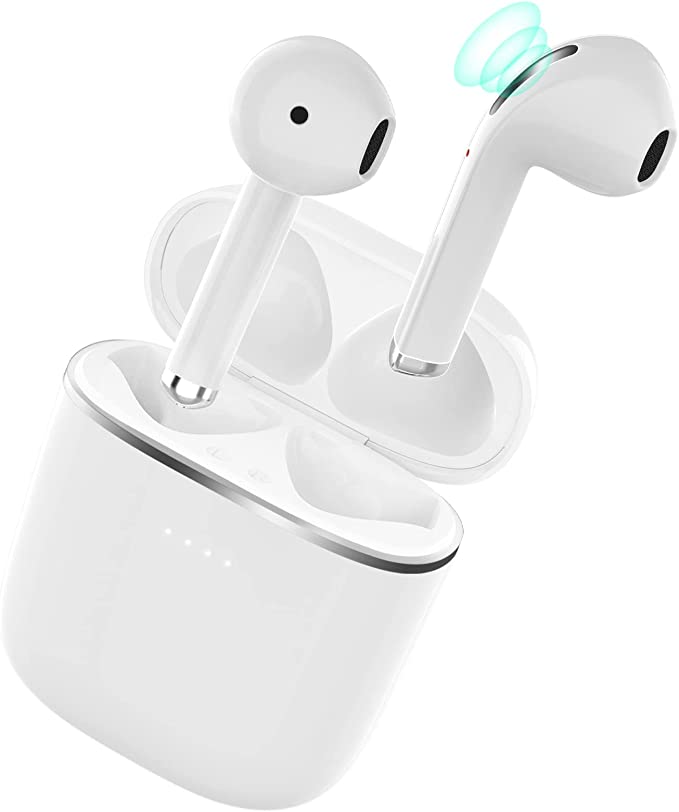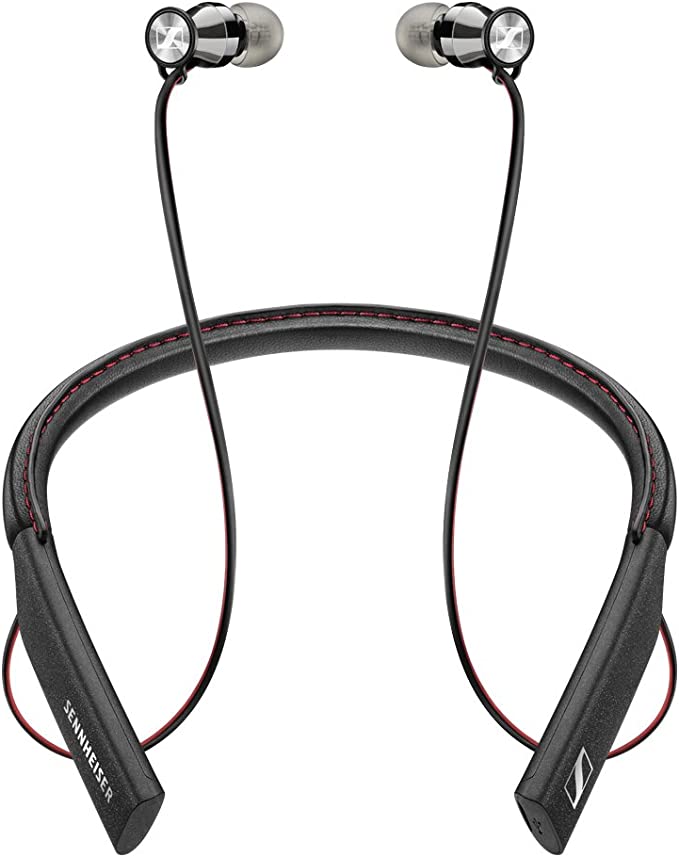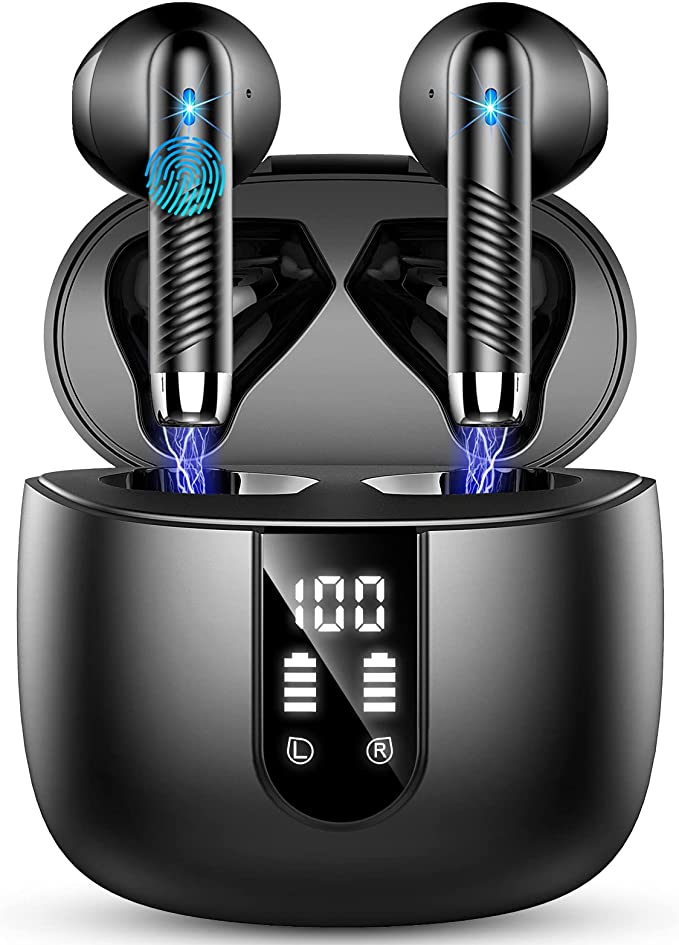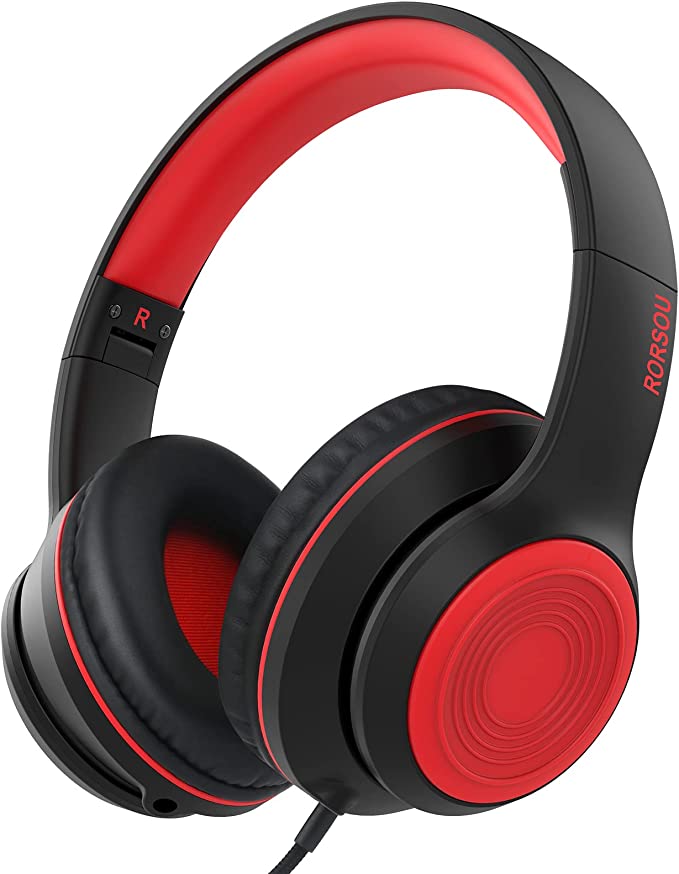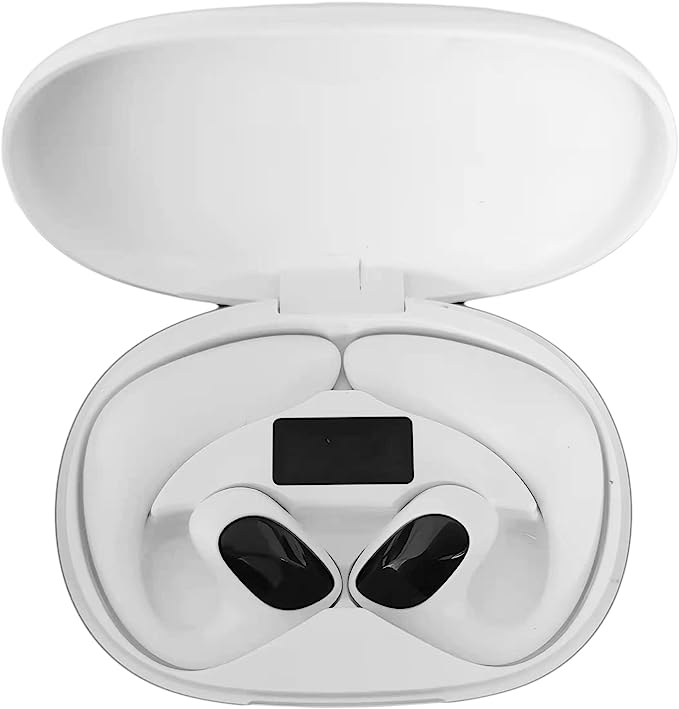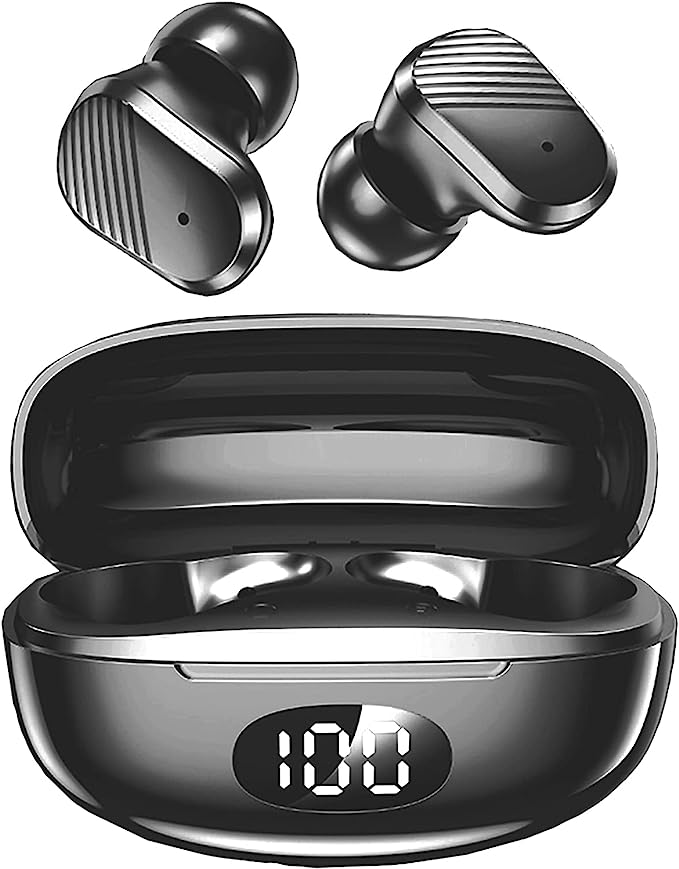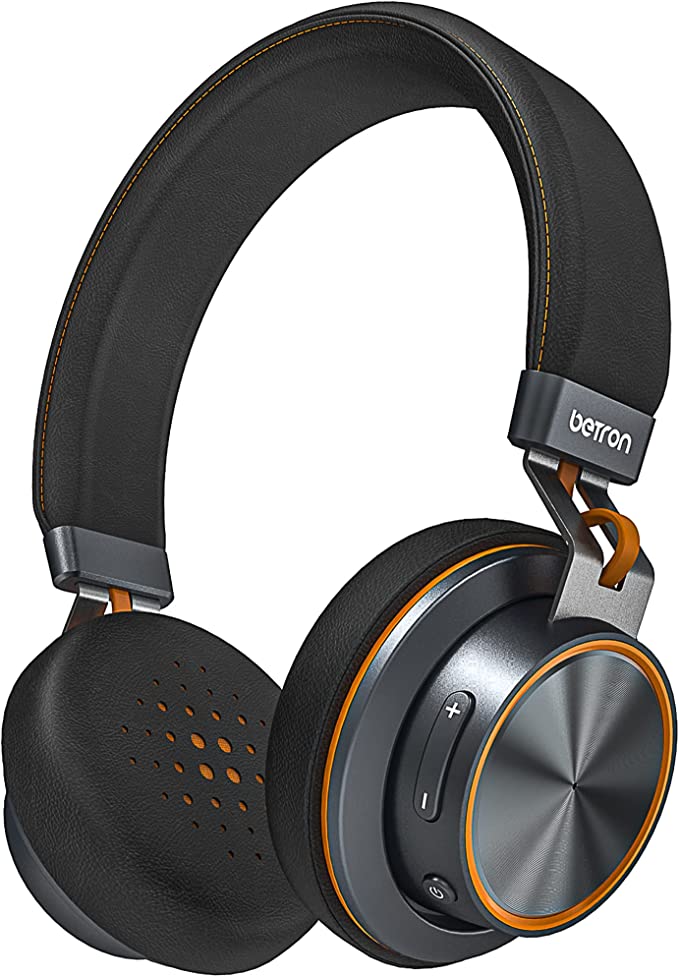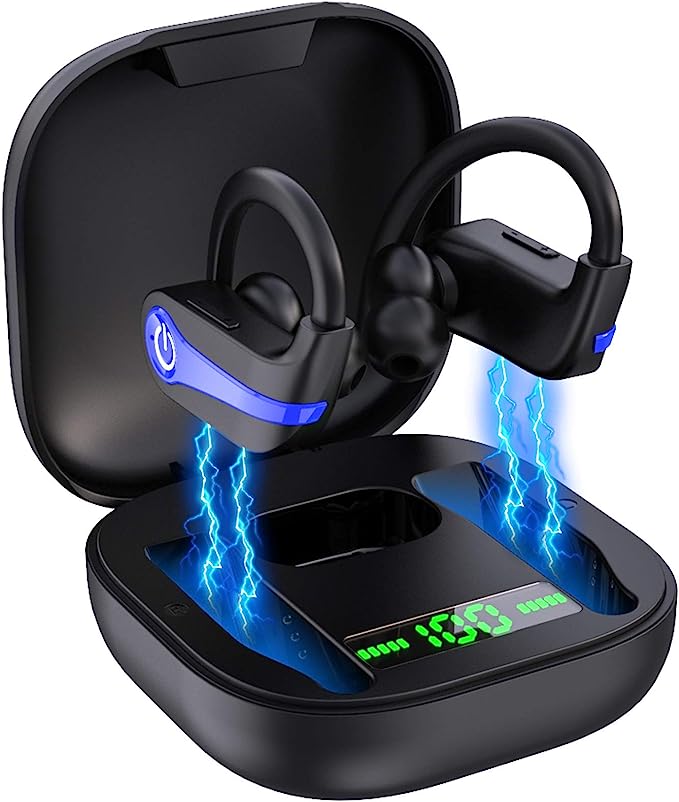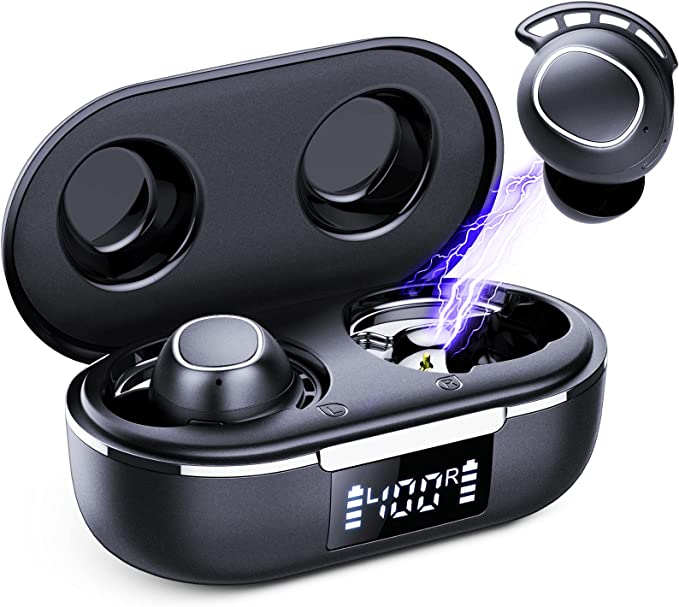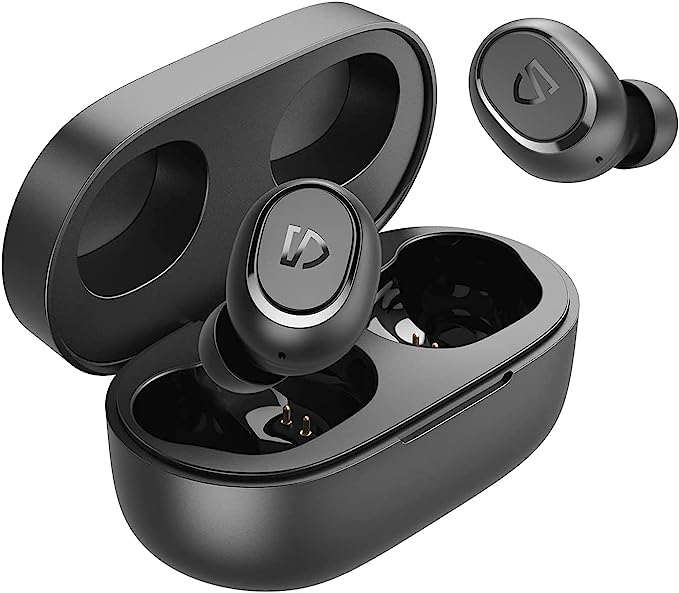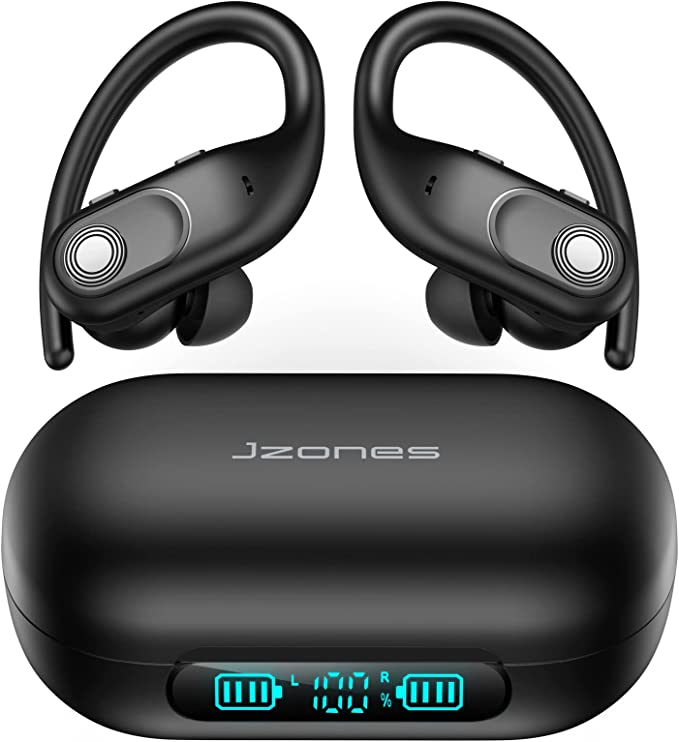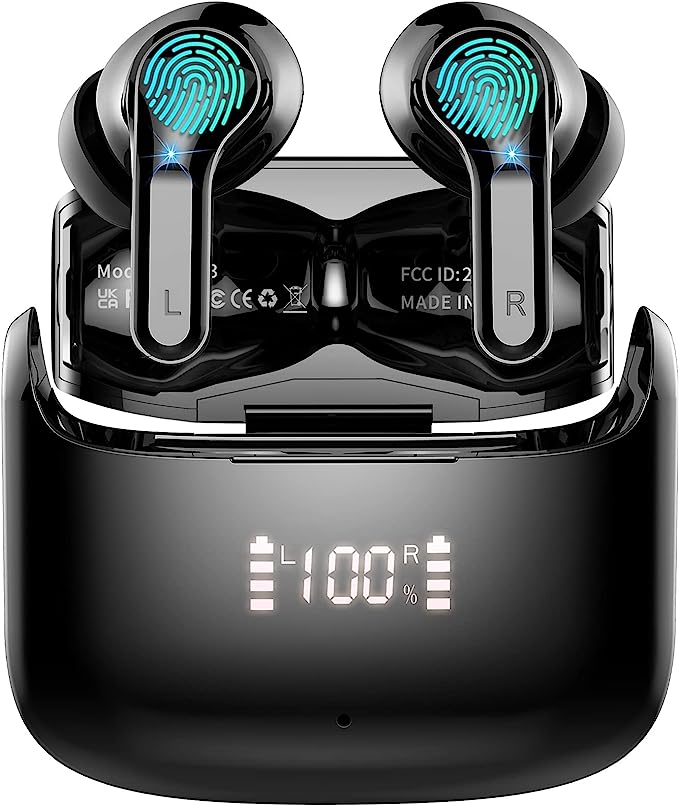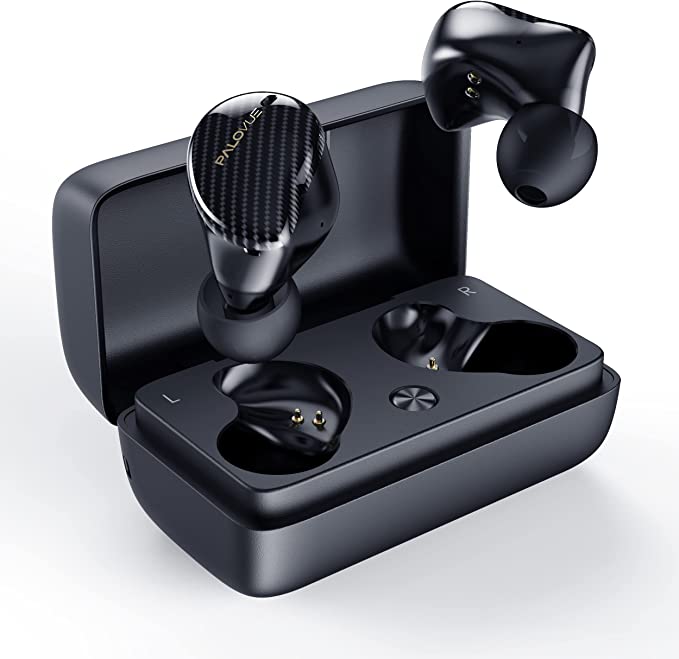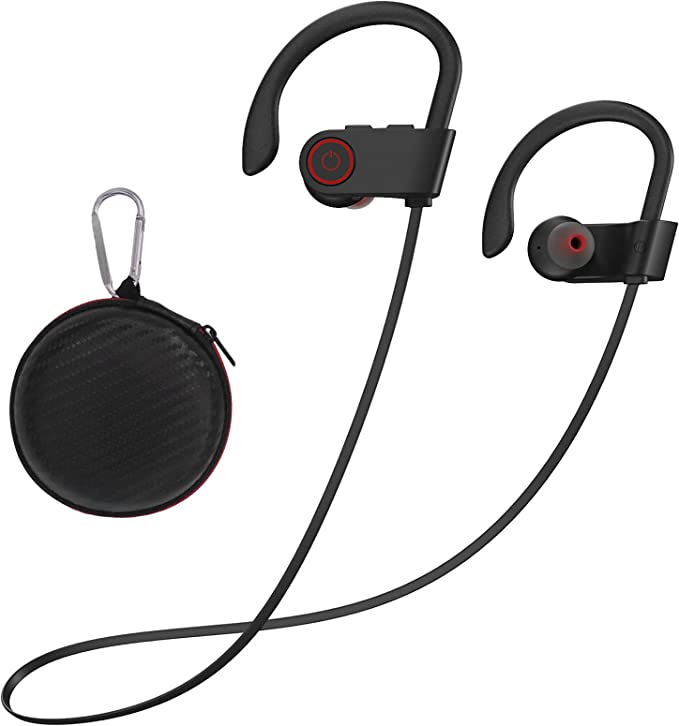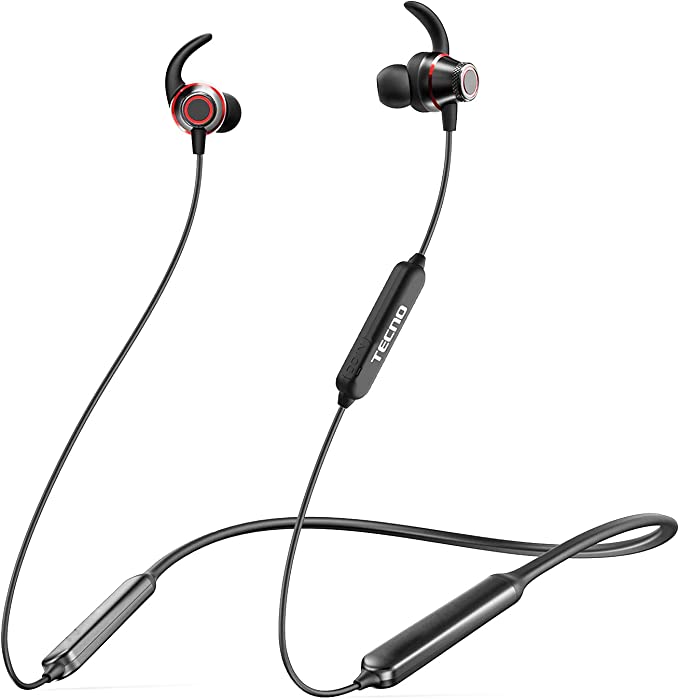The $20 Anomaly: How 65-Hour Battery Life and 6 EQ Modes Are Possible
Update on Nov. 14, 2025, 8:04 a.m.
In the world of consumer electronics, we are trained to believe “you get what you pay for.” So, when a product appears that defies this logic, it’s worth investigating. The BERIBES 202A Bluetooth Headphones are one such anomaly: a $17.99 over-ear headphone with over 22,000 reviews, a 4.5-star rating, and a staggering 65-hour battery life claim.
How is this possible? Is it a marketing gimmick, or has something fundamentally changed in the way budget audio is engineered?
The answer is the latter. This product is a perfect case study in a new engineering philosophy: “Fix it in software, win on efficiency.” The value is not in expensive physical materials, but in cheap, powerful silicon.
1. The 65-Hour Power Plant: A Lesson in Efficiency
The headline feature is 65 hours of playtime. The spec sheet lists a 500mAh battery, which is a respectable “fuel tank” but not massive. The true hero of this story is the “engine”: the Bluetooth 5.3 chipset.
- The Old Way: Older headphones used power-hungry Bluetooth chips. To get long battery life, they needed a massive, heavy battery, which drove up cost and weight.
- The New Way: Bluetooth 5.3 is built on a foundation of “Low Energy” (LE) protocols. It is incredibly efficient, “sipping” power where older chips “gulped” it.
This hyper-efficient “engine” (the BT 5.3 chip) can run for an incredibly long time on the standard “fuel tank” (the 500mAh battery). This is also why the product doesn’t offer Active Noise Cancellation (ANC)—ANC is a notorious “battery vampire” that would instantly cut that 65-hour figure by more than half. The manufacturer made a smart bet that consumers would value a 65-hour battery far more than a mediocre ANC feature. Based on 22,000 reviews, they were right.

2. The “Fix-it-in-Software” Approach to Sound
The second “magic” feature is the 6 EQ Music Modes. At $17.99, the 40mm dynamic drivers (the physical speakers) cannot be perfectly tuned, audiophile-grade hardware. It’s a physical impossibility at this price. The “raw” sound from the driver is likely to be imperfect, perhaps with a “muddy” or “boomy” bass response.
- The Old Way: To fix this, engineers would have to spend a fortune on materials science, redesigning the driver’s diaphragm, magnets, and the physical “acoustically inert” housing (like the expensive wood cabinet on the Tivoli radio).
- The New Way: Instead of fixing the hardware, you fix the signal. The 6 EQ modes are the work of a tiny, inexpensive Digital Signal Processor (DSP) chip. This chip acts as a “sound alchemist.” The engineers at BERIBES likely measured the raw, imperfect sound of their 40mm driver and then created six pre-set digital “filters” to correct it.
These 6 EQ modes are not a gimmick; they are the engineering solution. * Does the “Deep Bass” mode sound muddy when listening to a podcast? Switch to “Vocal” mode, which is a DSP filter that likely scoops out those booming low-mids and boosts the high-mids for clarity. * Does the “Pop” mode sound flat? Switch to “Rock” or “Bass Boost” to get a more exciting “V-shape” curve.
This is a brilliant engineering workaround. It admits the physical driver is a compromise and hands the user a six-button “repair kit” to tune the sound to their liking.

3. Where the Budget Did Go: The Human-Centric Features
If the budget wasn’t spent on expensive drivers, where did it go? Into the features that solve the other major user complaints: comfort and portability.
- Comfort: The headphones use protein ear pads and memory foam, materials typically advertised on much more expensive models. This means the primary “touch point” for the user feels premium, even if the internal acoustics are budget-conscious.
- Portability: The headset features a complex multi-axis folding system. The earcups can rotate inward by 100° and fold inward by 120°. This is a sophisticated mechanical design that costs money to manufacture and makes the headphones genuinely portable for travel and home office use.
Conclusion: The “Good Enough” Revolution
The BERIBES 202A is a phenomenon because it represents the “Good Enough” revolution, perfected. It’s a product that understands its audience is not the audiophile, but the everyday user whose primary pain points are 1. Battery Anxiety, 2. Comfort, and 3. Price.
It solves all three, not by using expensive materials, but by using smart, efficient, and cheap silicon. It uses an incredibly efficient Bluetooth 5.3 chip to deliver a marathon battery and a clever DSP chip to let the user “fix” the sound.
This isn’t a $200 headphone for $20. It’s an engineering lesson in how to build a 4.5-star, $20 headphone in the first place.
